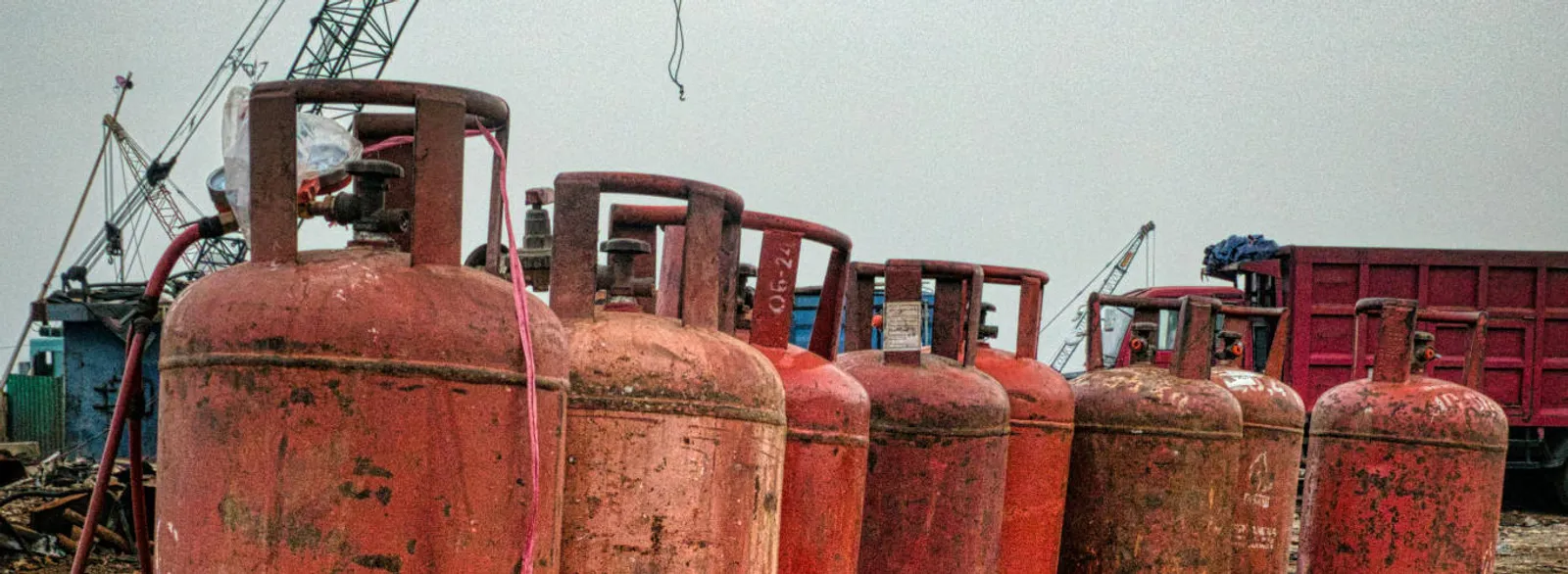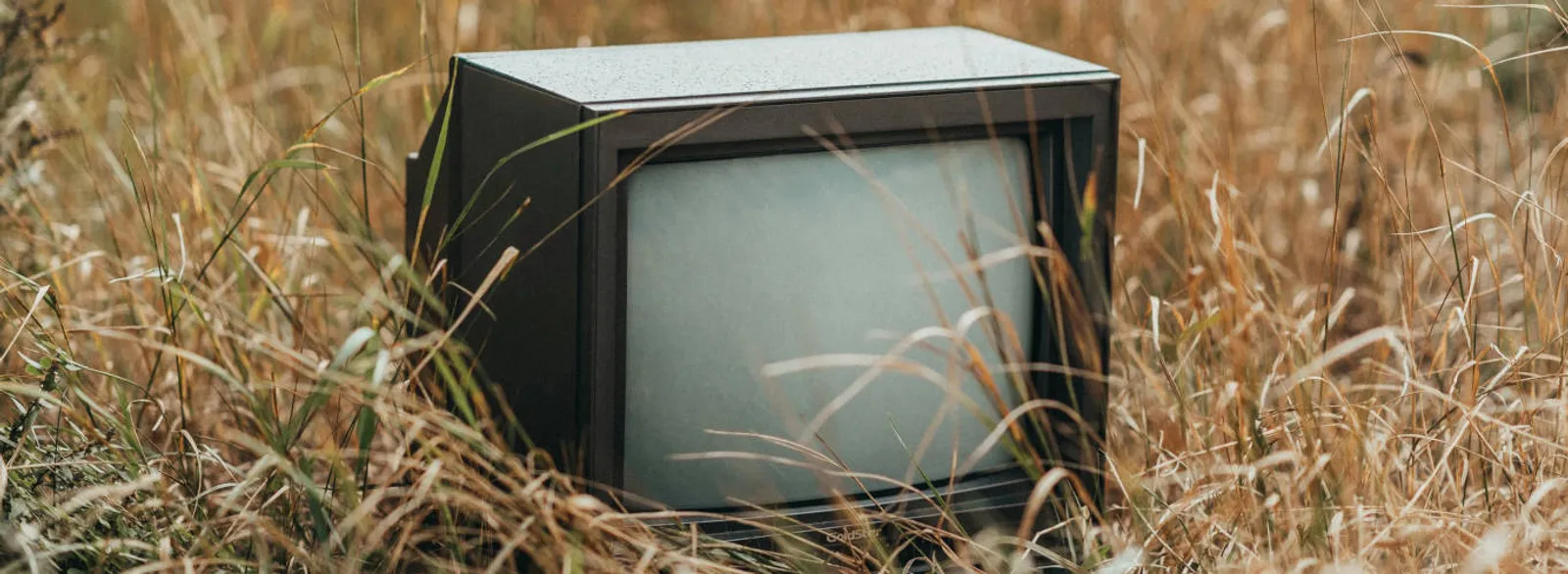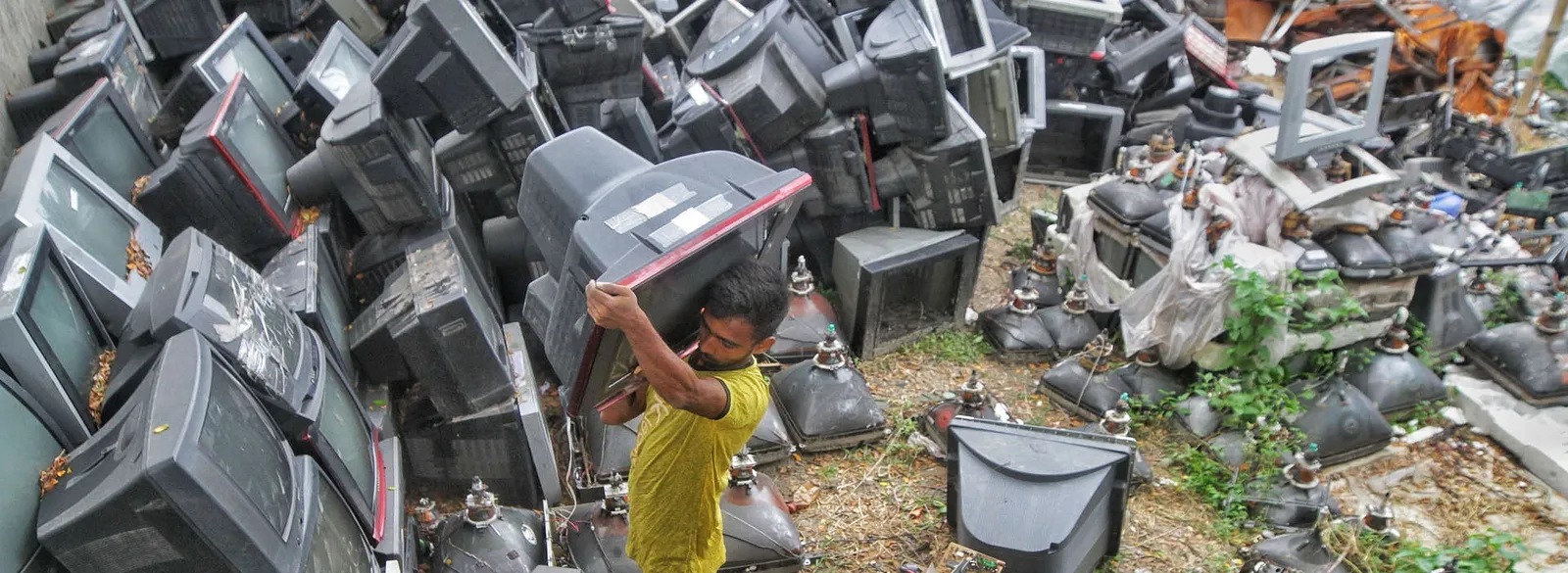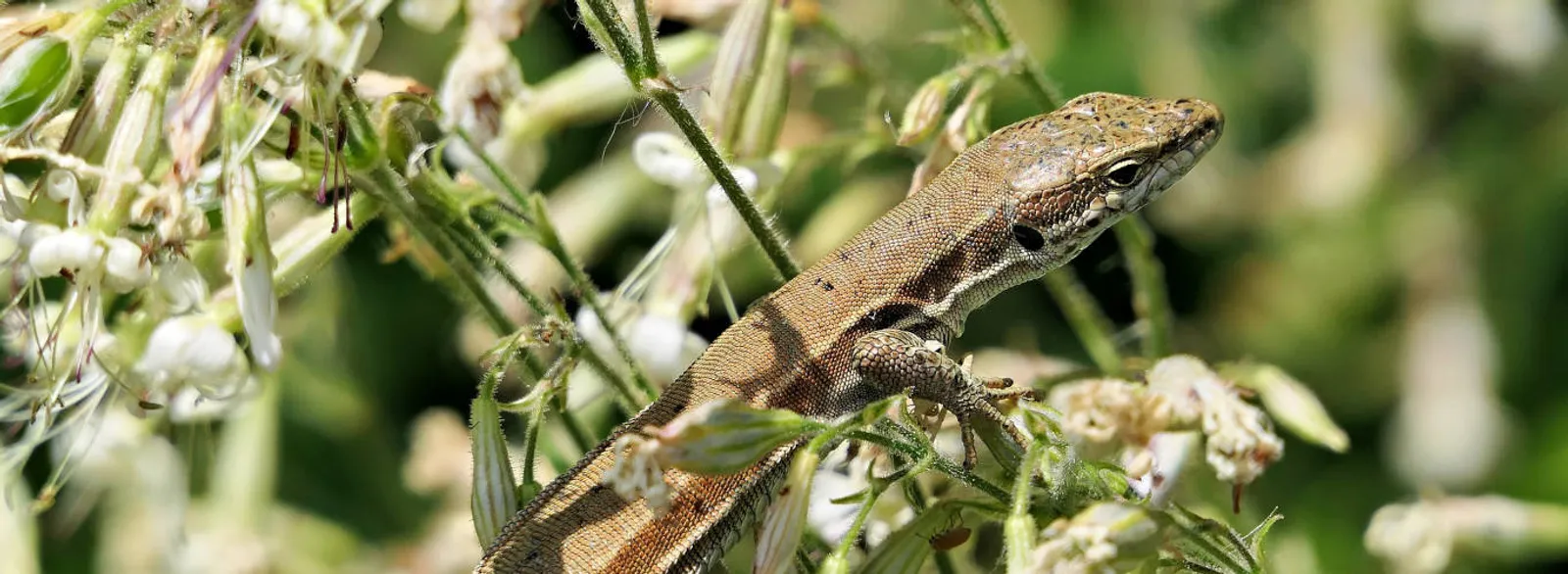If you are interested in ecology and recycling - sign up for our newsletter
What Is Bio Waste and Why Should We Segregate It?
Biodegradable waste, commonly referred to as bio waste, includes all organic leftovers that naturally decompose — for example, vegetable and fruit peels, eggshells, bread scraps, and garden leaves. In practice, this fraction is placed in the brown-labeled bin. In 2022, Poland generated more than 11.5 million tons of household waste, of which 30–35% consisted of biodegradable waste.
The role of selective collection is increasingly important: when bio waste ends up mixed with other waste, it cannot be effectively processed later. This leads to higher disposal costs and reduces the potential for material recovery.
“The average resident produces up to 80 kg of biodegradable waste per year.”
By segregating correctly, we give bio waste a second life — it can become compost or biogas — reducing environmental strain and offering practical household benefits.
The Most Common Myths About Bio Waste Segregation
Many people avoid sorting bio waste because of persistent myths. One common claim is that segregating bio waste is complicated and not worthwhile. In reality, when biodegradable materials end up in the proper container, they can be efficiently transformed into useful products.
Another myth suggests that bio bins always smell or attract insects. In truth, problems usually arise from inappropriate waste — such as meat or dairy — which should never go into the bio fraction.
A final misconception is that bio waste may be thrown away in plastic bags. In most municipalities, biodegradable waste must be placed loose or in approved packaging, but never in opaque or conventional plastic bags that disrupt processing.
“Organic leftovers cannot be disposed of in bags — neither plastic nor compostable.”
Understanding and debunking these myths helps make segregation easier and more intuitive — removing barriers and encouraging everyday action.
How to Collect and Handle Bio Waste Properly at Home
Proper handling of biodegradable waste begins in the kitchen. It's helpful to keep a separate container for bio waste — preferably with a lid and easy to empty. Built-in under-counter systems or dedicated bio waste containers are also practical options.
It’s important to remember what belongs there: peels, scraps, fruit and vegetable remains, small amounts of clean paper, and leftover bread. Conversely, meat, dairy, greasy food residues, vacuum cleaner dust, and hygiene products should never go into the bio bin because they disrupt the processing cycle.
“If you want to avoid unpleasant smells, invest in a small airtight container and empty it frequently.”
If you have a garden or balcony, consider using a composter. It allows you to process part of your organic waste yourself and produces valuable fertilizer for your plants. This also reduces the amount of waste handed over to municipal systems.
Benefits of Bio Waste Segregation for the Environment and Your Household Budget
Segregating bio waste brings tangible benefits for both the planet and your finances. When properly collected, biodegradable waste can be processed into compost or biogas instead of being burned or landfilled.
From a household perspective, using homemade compost improves soil quality without the need to purchase fertilizers. This makes bio waste recovery one of the simplest forms of sustainable living.
Additionally, reducing the volume of mixed waste can influence the overall cost of waste disposal in some areas. Responsible handling of the bio fraction contributes to environmental protection and supports a circular economy where organic residues become new resources.
“Collecting bio waste can significantly increase ecological awareness in the community.”
By embracing these habits, you support a more efficient recycling system and ensure that biodegradable materials are put to good use instead of going to waste.
Summary
Segregating bio waste is a simple yet meaningful step toward more sustainable living. The key is understanding what belongs in the bio bin, overcoming common misconceptions, and organizing a practical system at home. By doing so, you not only support the environment but may also benefit financially.
Take a moment to review your habits and make sure every peel and scrap ends up where it should — in the right container.






